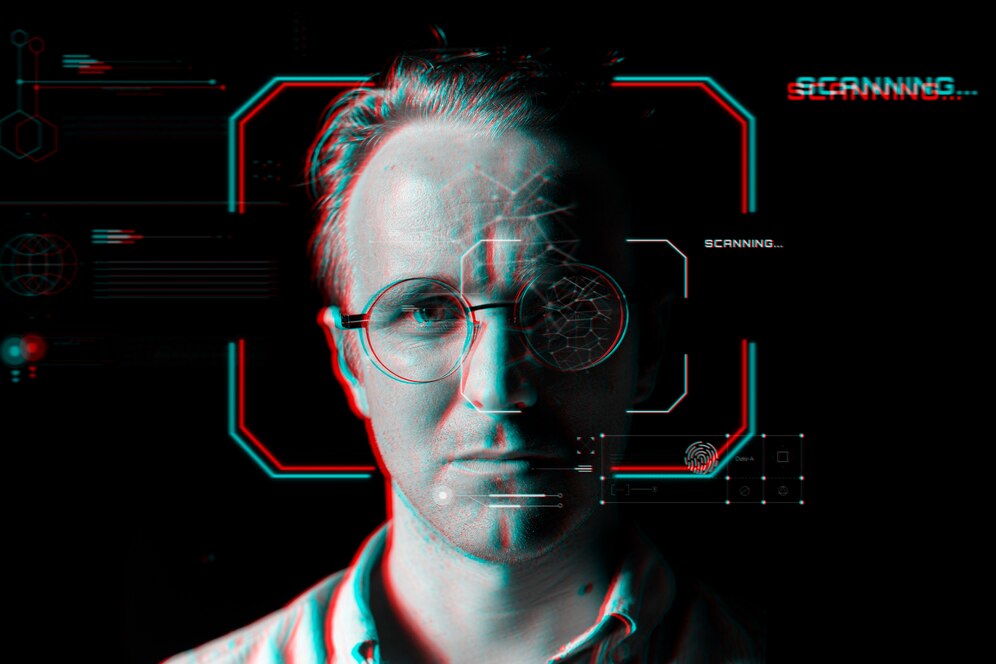Biometric tech has already replaced the password in millions of pockets. With a glance or a fingertip, we unlock phones, log into apps, and authorize payments. But Face ID and fingerprint scans? That’s just the beginning.
From heartbeat patterns to brainwaves, biometric identification is rapidly evolving—and it’s about to change how we secure our digital and physical lives. The next frontier isn’t just about recognizing who you are, but how you are. It’s personal, powerful, and increasingly present.
Here’s a look at where biometric technology is headed, what it means for privacy and convenience, and how it might soon recognize you in ways you didn’t even know were unique.
1. Your Heartbeat Is Your ID
Why it matters: Your cardiac signature—yes, your heartbeat—is as unique as your fingerprint. Devices are now using electrocardiogram (ECG) sensors to verify identity.
-
How it works: A wearable or smart device detects the electrical signals of your heart, which form a pattern that’s nearly impossible to fake.
-
Where it’s showing up: Some smartwatches, like Apple Watch and Withings ScanWatch, already use ECG for health purposes. Next-gen security devices could use it for ID verification.
-
Bonus: It can detect stress, fatigue, or anomalies, opening the door for continuous wellness monitoring and adaptive interfaces.
2. Gait Recognition: How You Walk Is a Password
Why it matters: Gait recognition doesn’t just track steps—it analyzes how you move. Your stride, posture, and even bounce are unique identifiers.
-
Use cases: Surveillance systems in airports, military bases, or workplaces; future smart home systems that greet you as you walk in.
-
Privacy upside: Hands-free and unobtrusive. Privacy downside? Passive tracking across public spaces raises red flags.
3. Voice Biometrics Get an AI Upgrade
Why it matters: Your voice carries vocal characteristics that are impossible to fully imitate—pitch, tone, cadence, and even micro tremors.
-
Emerging tools: Voiceprint authentication for call centers, banking, or smart assistants. Think: “My voice is my password.”
-
Advancement: New AI models can now detect subtle vocal stressors or changes, making voice biometrics useful for emotional analysis, fraud detection, or even health diagnostics.
4. Brainwave Authentication: Unlocking with a Thought
Yes, this is real. Researchers are exploring the use of electroencephalogram (EEG) brainwave patterns as a biometric.
-
Why it’s cool: Brainwave patterns during specific mental tasks (like doing math or listening to music) are highly individualized.
-
Potential use: Future neural interfaces (like those being developed by Neuralink, Emotiv, or NextMind) could allow users to authenticate devices by thinking a specific thought pattern.
5. Vein Pattern Scanning: The Under-the-Skin Password
How it works: Devices use infrared light to map vein patterns in your palm or finger—an internal biometric that’s nearly impossible to spoof.
-
Already in use: Japan and parts of Europe have deployed palm vein scanners in ATMs and corporate access systems.
-
Upside: More secure than fingerprints, and doesn’t degrade with skin wear, sweat, or injury.
6. Earprint Recognition: You’re the Only One Who Hears Like You
Wait, what? Yes—your ears reflect sound in a way that’s unique to your shape. Some systems can identify individuals based on how they hear certain frequencies.
-
Possible future: Wearables (like earbuds) that recognize the user instantly by how audio is reflected in the ear canal.
-
Practical uses: Instant pairing, personalized sound profiles, or passive ID checks in high-security zones.
7. Behavioral Biometrics: What You Do Is Who You Are
It’s not just physical traits—it’s behavior. Behavioral biometrics track patterns over time, such as:
-
How you type (keystroke rhythm)
-
How you swipe on a touchscreen
-
How you use your mouse or hold your phone
These can create a unique user profile, verified continuously and invisibly. If something feels “off,” systems can require additional authentication or lock access.
8. Multimodal Biometrics: Layering for Ultimate Security
Why choose one when you can have many? Multimodal systems combine multiple biometrics (e.g., face + voice + fingerprint) to enhance security and reduce false positives.
-
Where it’s heading: Airports, government systems, or high-risk accounts could implement layered ID that feels seamless—but is extremely hard to fool.
The Risks: Privacy, Consent, and Data Protection
As exciting as these advancements are, they also come with significant ethical and privacy questions:
-
Who owns your biometric data?
-
How is it stored, and can it be hacked or leaked?
-
What happens when biometrics are used without consent—for surveillance, profiling, or manipulation?
Without strong data regulation and transparency, biometric technology risks crossing into dystopian territory. Trust will be key to adoption.
Your Body Is Your Password—For Better or Worse
Biometric tech is evolving from novelty to necessity. It’s promising a future where logging in is invisible, interfaces adapt to you in real time, and security is built into your biology. But as we hand over more of ourselves—literally—for convenience and safety, we also need to ask: How much access is too much?
The next frontier in biometrics isn’t just about unlocking devices—it’s about navigating a future where you are the key to everything.

